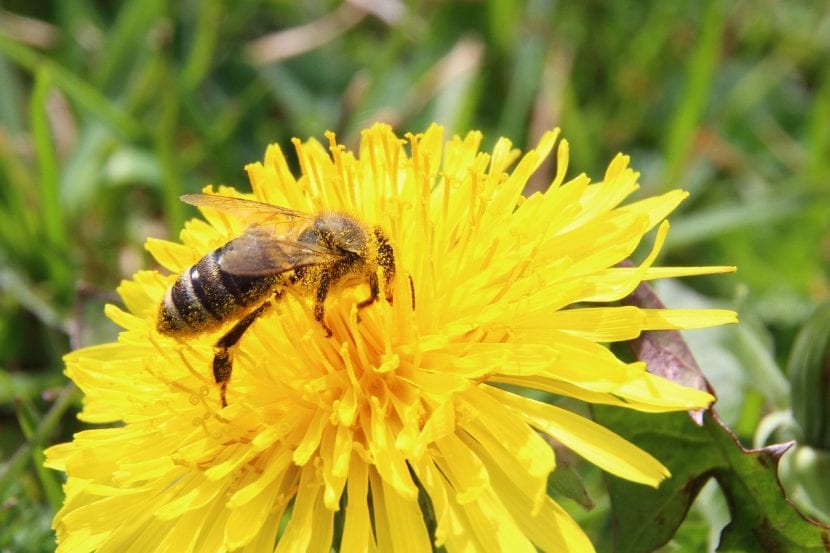
Pollination is of vital importance for all plant species. Without it, they would not exist. For this reason, many have entrusted this task to animals: bees, ants, butterflies, and even some mammals such as rodents have assumed the responsibility of carrying pollen from one flower to another.
But not only do they pollinate the flowers, but the wind also helps. Let's know what pollination consists of.
What are the parts of a flower?
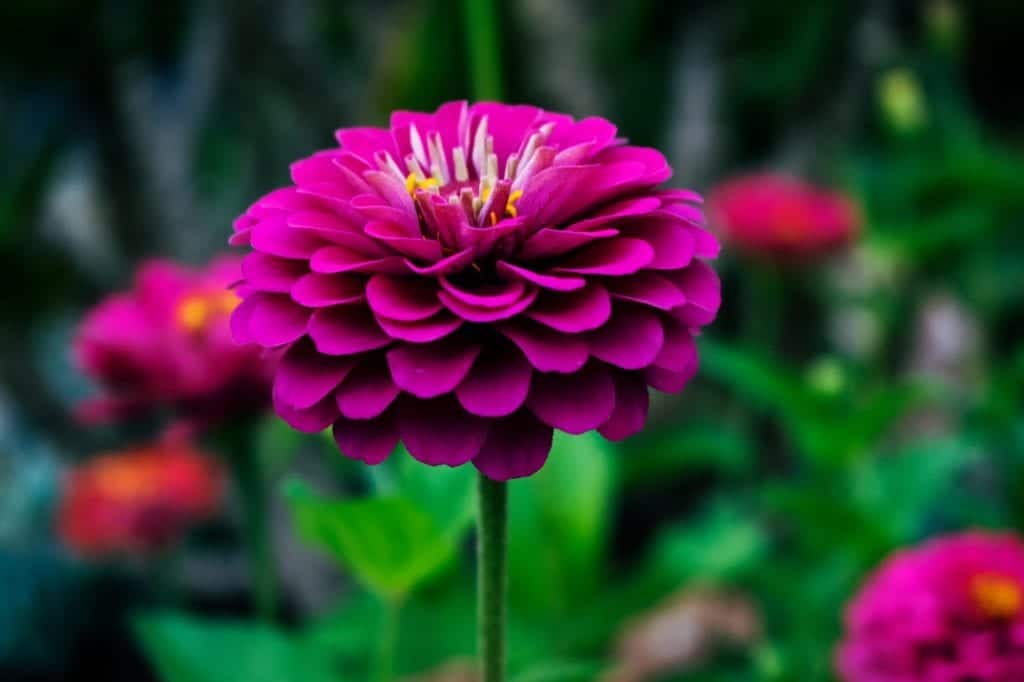
When talking about pollination, we must necessarily talk about flowers. Flowers are one of the most important parts of plants, because without them there would be less species diversity. But, we also have to talk about types of plants; specifically, how they are classified according to the characteristics of their flowers, fruits and seeds.
So to make it very easy for you to understand, you should know that gymnosperm plants and angiosperms exist. What is the difference between them?
Gymnosperms
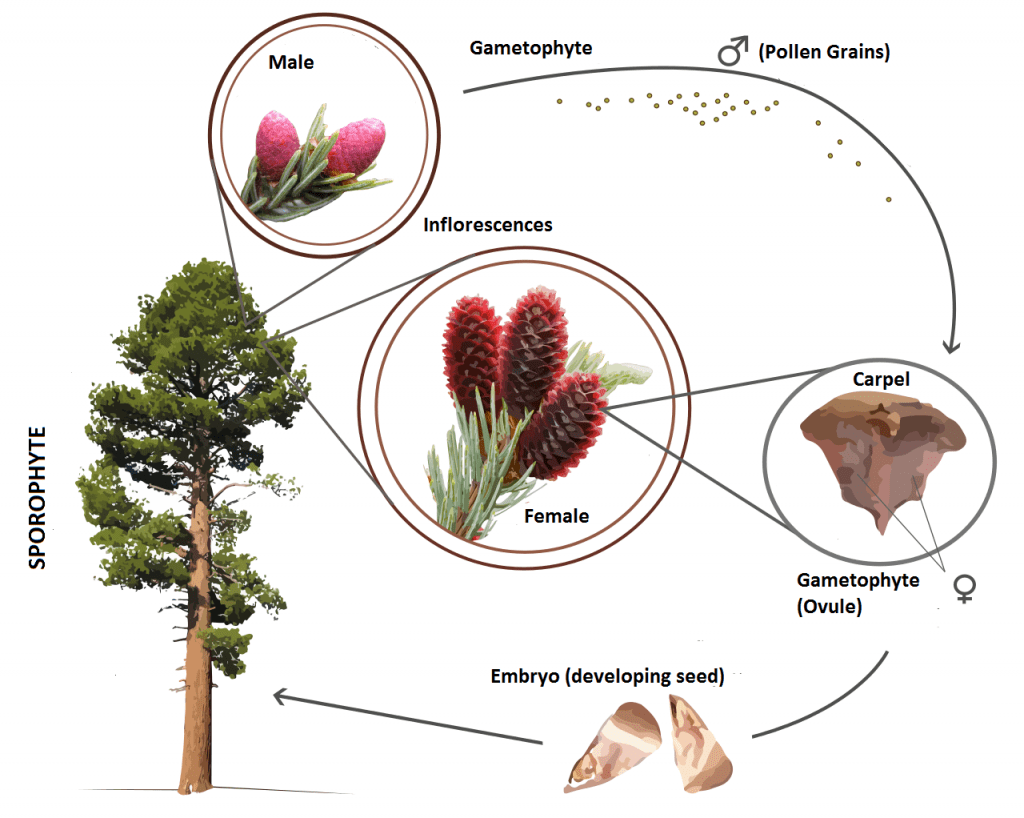
Image - Wikimedia / Jhodlof, JJ Harrison, Beentree, MPF, RoRo
They are those whose seeds are formed exposed to environmental conditions; that is, they are not protected. Its flowers are actually strobili: a kind of pineapple from whose axis fertile leaves emerge. Therefore, technically these types of plants do not produce fruits.
Examples: cycads, all conifers, Ginkgo biloba.
Gymnosperm flower parts and their functions
We are going to focus on the flowers of conifers (pines, sequoias, etc.), but you should know that all the flowers of gymnosperms have similar characteristics:
- Female inflorescences: they are a group of female flowers that are nothing more than scales, and that for example in the case of pines form a fleshy and green pineapple of approximately 1cm in length.
- Male inflorescences: they are a group of male flowers formed by a large number of scales that are actually stamens, which is where pollen is found.
These plants, being one of the first to inhabit the Earth (they began their evolution more than 300 million years ago), as there were not yet many species of animals that could fulfill the function of pollinators, there were many who relied on the wind for the production of seeds.
Angiosperms
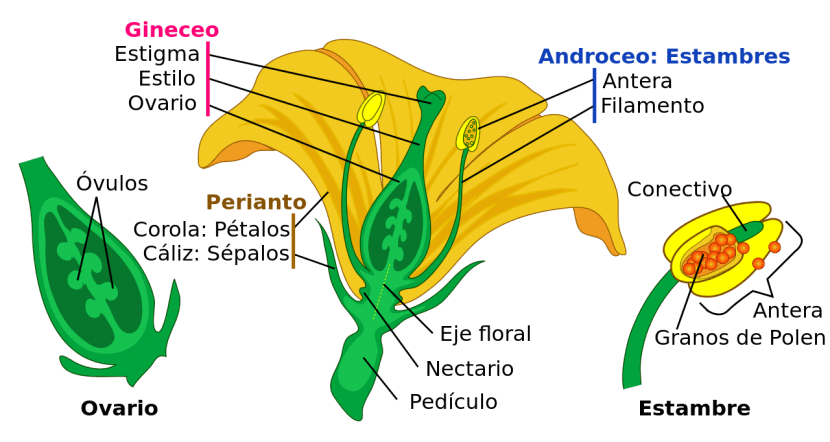
The different parts of a flower of an angiosperm plant.
Popularly, they are what are known as "flowering plants." Are those that protect their seeds, since its flowers have sepals, petals, stamens and carpels, which enclose the ovules.
Examples: palm trees, the vast majority of trees, bulbous, horticultural, etc.
Parts of the flower and their functions
The flower parts of angiosperms they are divided into two: the androecium and the gynoecium. Both can be present in the same flower, so it would be hermaphrodite; in different flowers of the same plant, then called monoecious; or in unisexual flowers in different specimens, so that it would be dioecious.
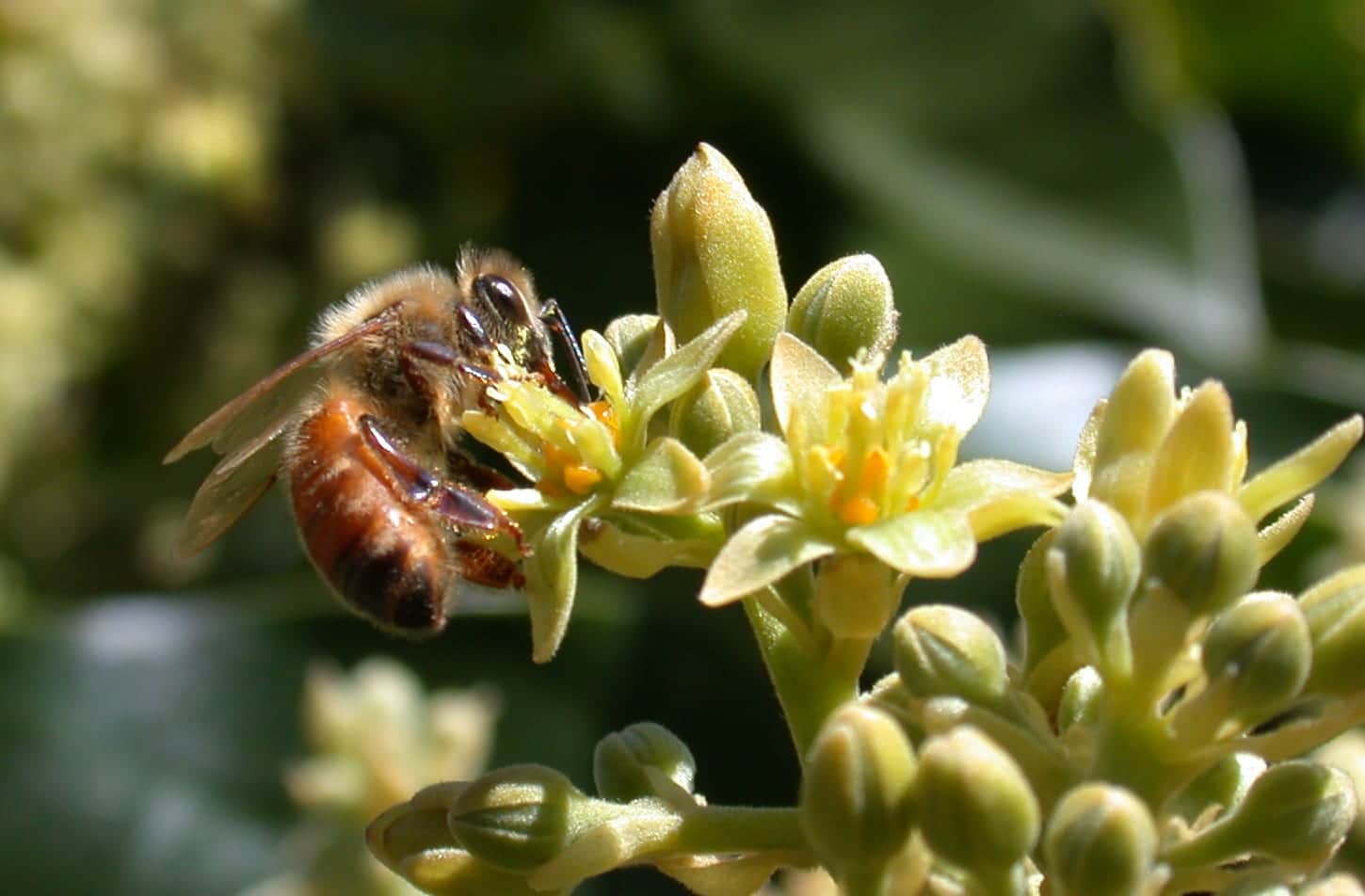
Let's see what parts they have and what their functions are:
Androecium
It has stamens, which are responsible for producing pollen.
- Anthers: are those that contain pollen.
- Filament: support the anthers.
Gynecium
It is formed by the pistil, which in turn is divided into:
- Stigma: is the part that receives pollen. It is sticky so it can stick more easily.
- Style: it is a tube that supports the stigma, and through which the pollen passes towards the ovary.
- Ovary: is the part that contains the ovules. Once they are fertilized, they increase in size as the seeds develop.
Other parts of the flower are the petals, which attract pollinators, and sepals, which are modified leaves that help protect the petals a little. Sometimes we meet bracts instead of petals, which are nothing more than leaves, also modified, which fulfill the same function as those, that is, to attract insects or other types of animals for pollination, but unlike sepals, they only found in inflorescences, not solitary flowers.

What is pollination?

Geranium in bloom.
Pollination consists of transfer pollen from the stamens to the stigma or receptive part of plant flowers. That is where the ovum is found, which is fertilized and the one that will become fruits and seeds.
Pollen is transported by different birds, insects, and other animals, but also by wind or water, although it must be said that the plants that choose to let the latter take care of them are very few.
Types of plants according to their pollination
There are different pollinations depending on the type of plant it is, for example:
- Anemophilic plants: are those that are pollinated by the wind.
- Hydrophilic plants: water pollinates its flowers.
- Zoophilic plants: animals are responsible for carrying pollen from one flower to another. These are the ones that usually have the most striking flowers, since they must attract them if they want to be pollinated. And the competition can be very great, especially in a meadow or in the jungle.
But unfortunately, natural pollination is being threatened. The use of pesticides, the invasion of parasites and other organisms, the loss of habitat and current climate change are causing the animals that are dedicated to it, disappear.
We tend to think that we can always count on flowers to pollinate, but we are wrong. Without pollinators, our existence would be seriously compromised.